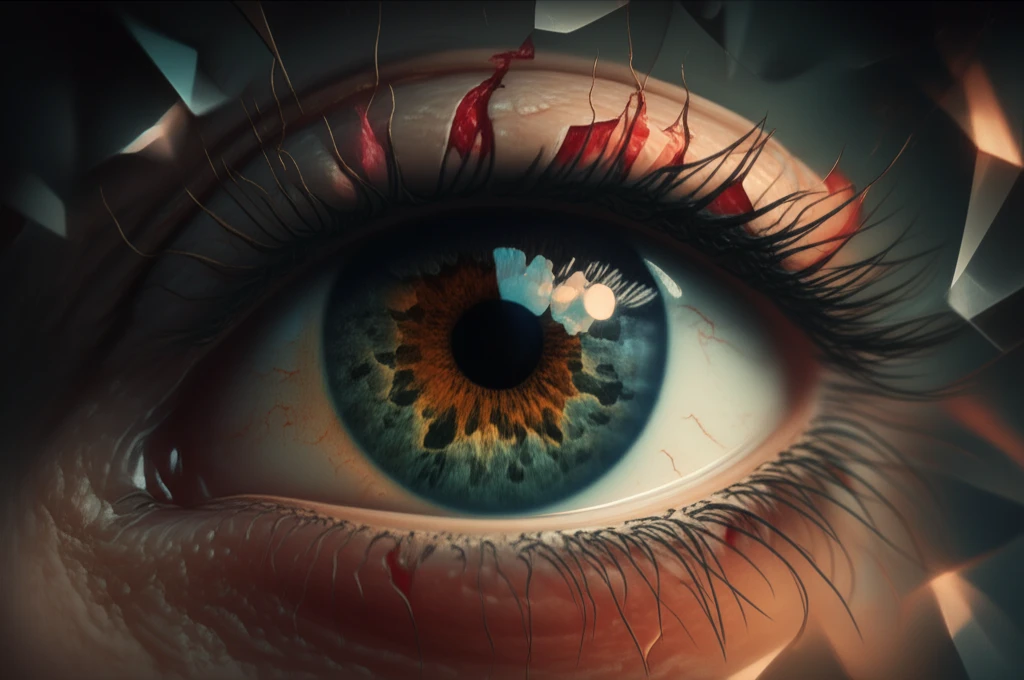
Purtscher's Retinopathy: When Trauma Affects Your Vision
"Discover how a rare eye condition linked to trauma can lead to vision loss and what treatments are available."
Purtscher's retinopathy, first identified in 1910 by Otmar Purtscher, is a rare visual impairment that develops following significant trauma. Initially observed in patients who experienced sudden blindness after severe injuries, the condition is characterized by distinct changes in the retina.
The hallmark of Purtscher's retinopathy is the appearance of cotton wool spots in the posterior pole of the eye. These spots are accompanied by other symptoms such as papillitis, intraretinal hemorrhages, and preretinal hemorrhages. The severity of vision loss can vary significantly, often affecting both eyes.
Visual symptoms may appear immediately or within 48 hours after the traumatic event. In many cases, vision improves spontaneously within one to three months without intervention. However, the fundus examination may reveal lasting effects, including mottling of the retinal pigment epithelium, temporal disk pallor, and vessel abnormalities. In rare instances, neovascularization, or the formation of new blood vessels, can occur, further complicating the condition.
Understanding the Case: A Teen's Battle with Purtscher's Retinopathy

A 14-year-old boy was admitted to an ophthalmology service with complaints of new-onset blurred vision and floaters in both eyes. This followed a traumatic incident a few days prior, where he sustained multiple facial and skull fractures after being struck by a truck while riding his bike. Additional injuries included a lacerated liver and pancreas, a minor pneumothorax, and a pelvic hematoma, none of which required surgery.
- Fundus Examination: Showed disk edema, retinal whitening, and retinal hemorrhages in both eyes.
- Optical Coherence Tomography (OCT): Revealed atrophy of the temporal retina and disruption of the inner segment-outer segment junction of the photoreceptor layer in the right eye, as well as thickening and edema of the nasal macula and central foveal hyper-reflectivity consistent with a scar in the left eye.
Navigating the Challenges of Purtscher's Retinopathy
Purtscher's retinopathy following trauma can, in rare cases, lead to neovascularization and ischemia. Despite treatment, the visual prognosis should be approached with caution. Further research is needed to fully understand this rare condition and improve outcomes.
